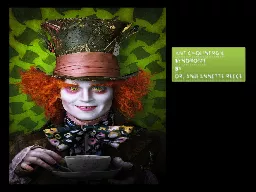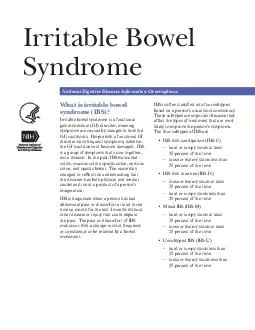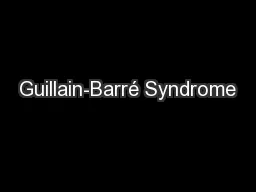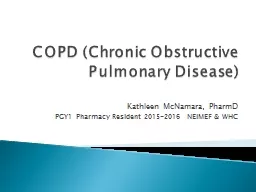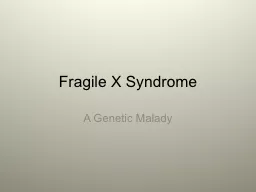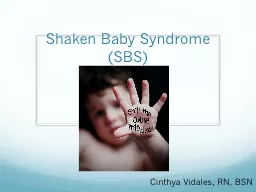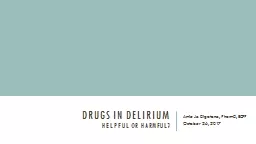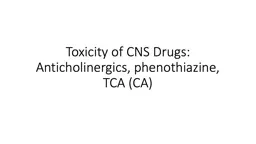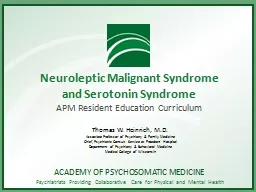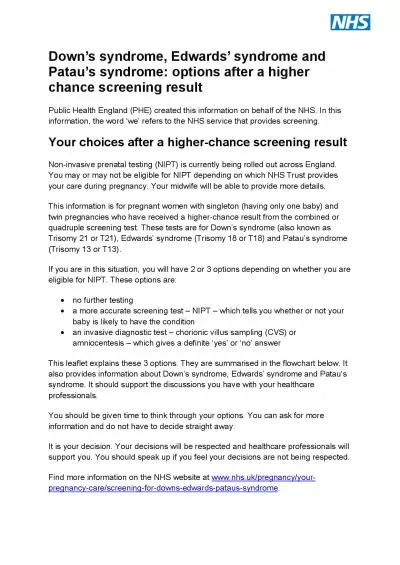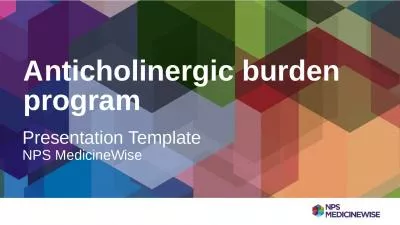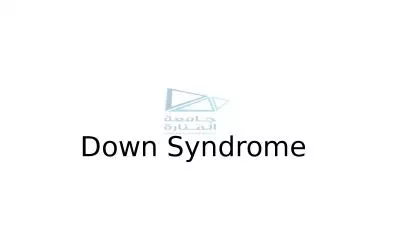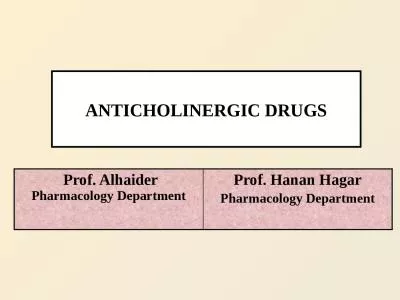PPT-Anticholinergic Syndrome
Author : natalia-silvester | Published Date : 2015-10-18
By Dr Anjeannette Reece Introduction AAPCC National Poison Data System Annual Report 2007 1 8 8582 single exposures to anticholinergic drugs Unintentional
Presentation Embed Code
Download Presentation
Download Presentation The PPT/PDF document "Anticholinergic Syndrome" is the property of its rightful owner. Permission is granted to download and print the materials on this website for personal, non-commercial use only, and to display it on your personal computer provided you do not modify the materials and that you retain all copyright notices contained in the materials. By downloading content from our website, you accept the terms of this agreement.
Anticholinergic Syndrome: Transcript
Download Rules Of Document
"Anticholinergic Syndrome"The content belongs to its owner. You may download and print it for personal use, without modification, and keep all copyright notices. By downloading, you agree to these terms.
Related Documents

